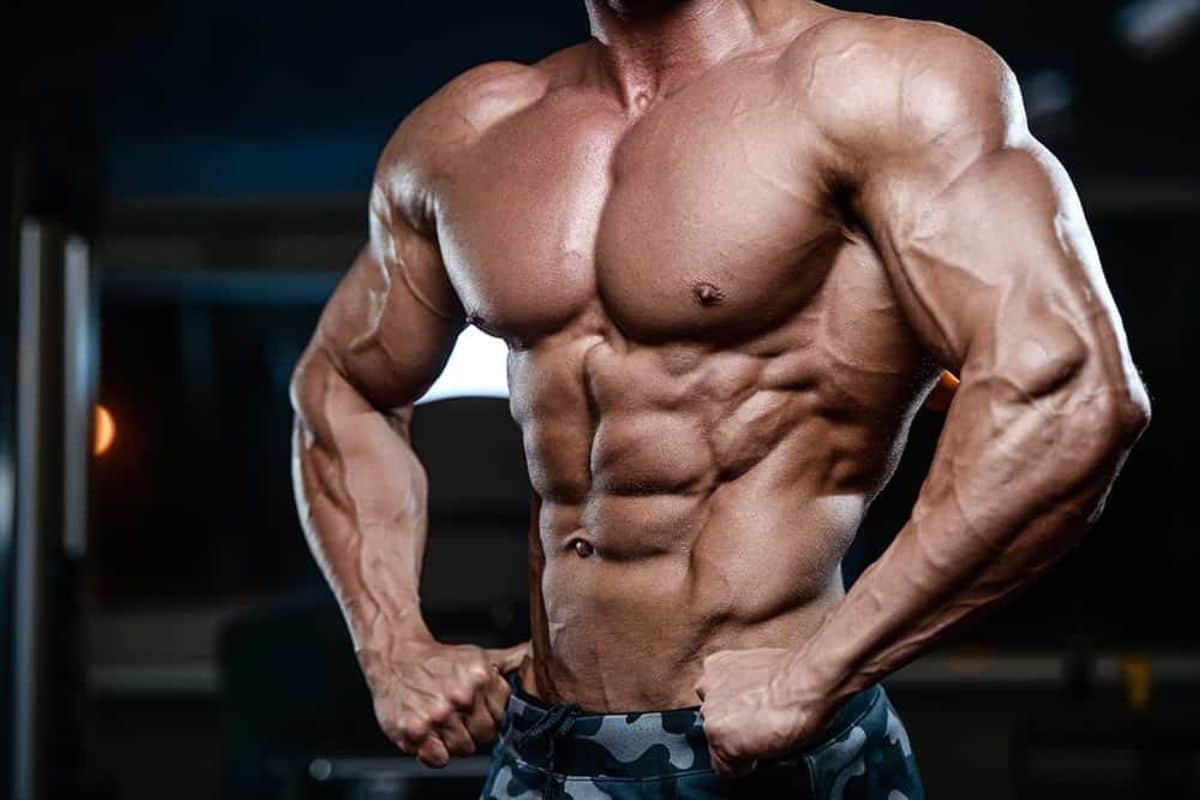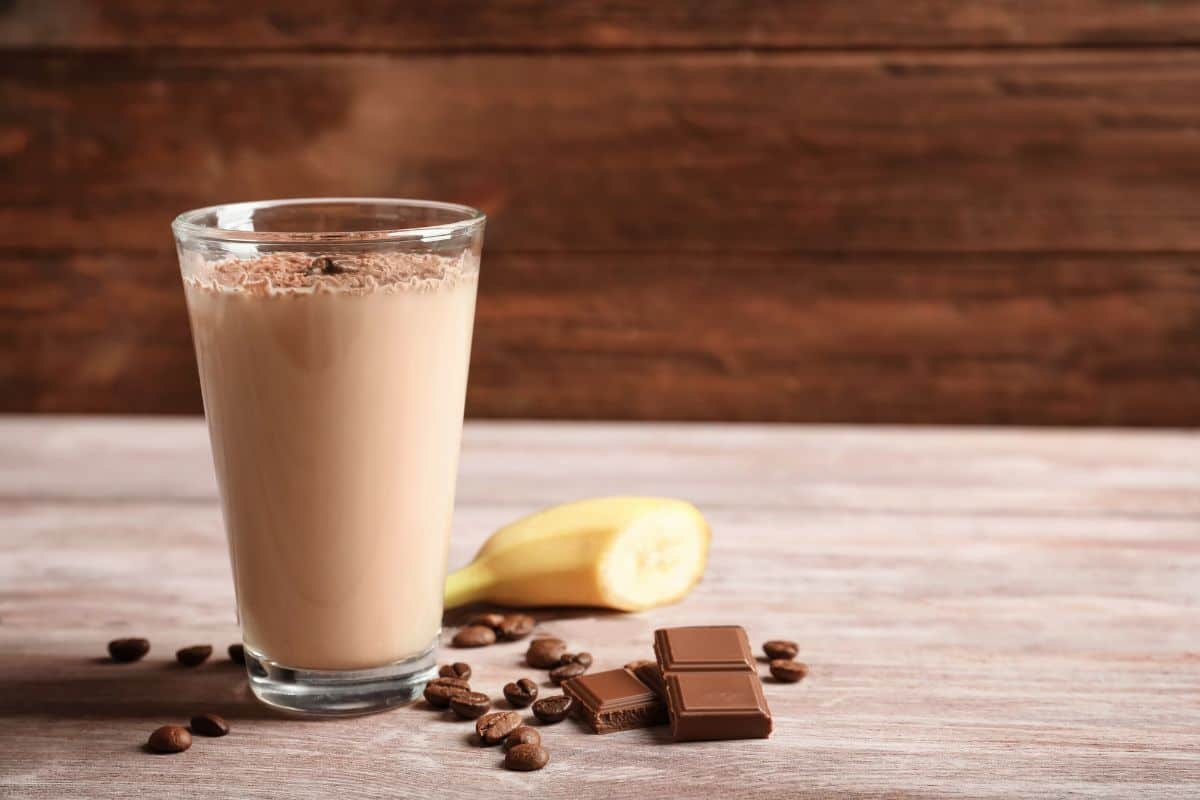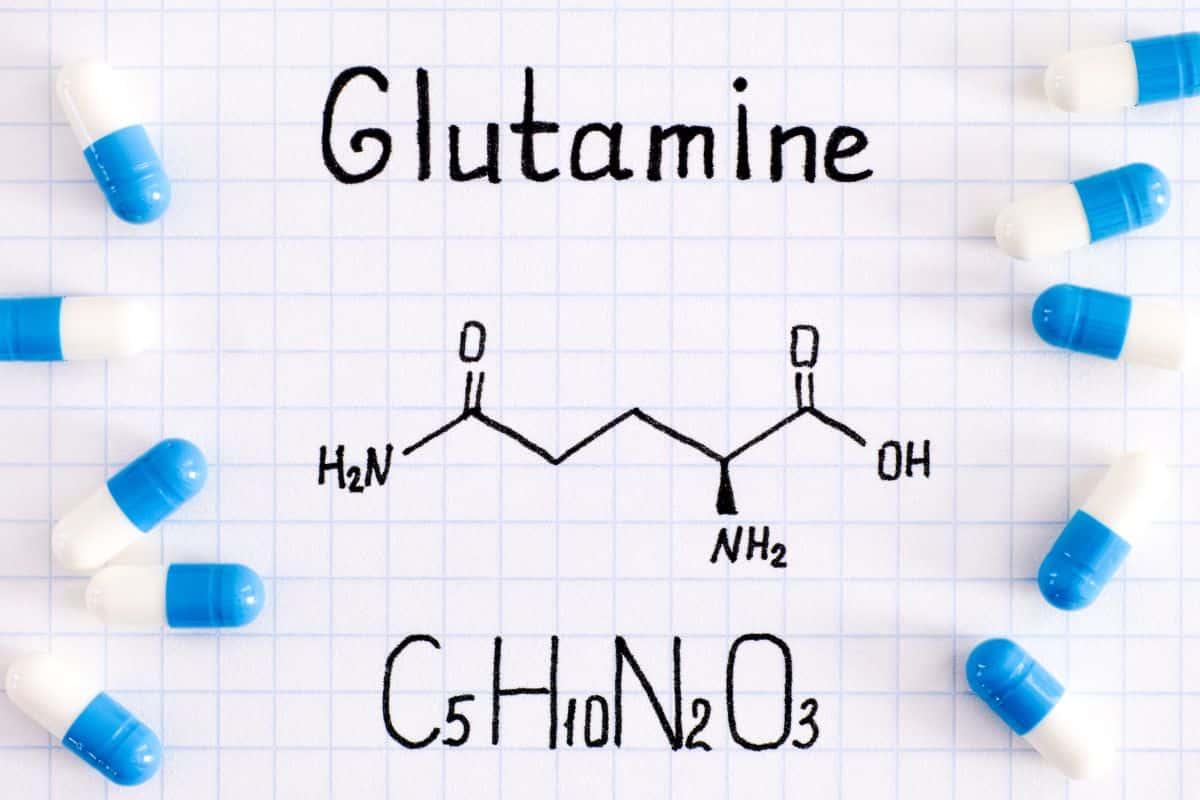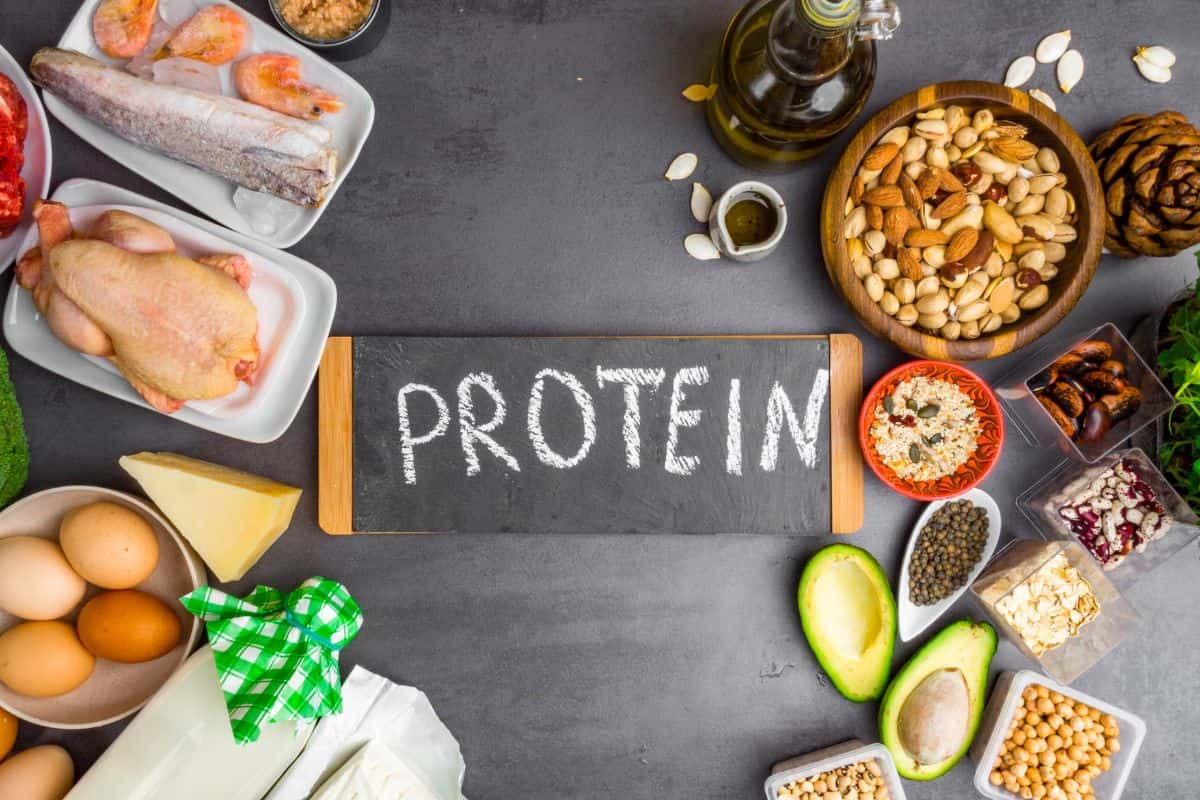Losing fat is quite simple, you consume less calories than what you need in a day, and your body will start burning fat. The problem is fat loss is often accompanied by muscle loss. So, while the number on the scale may be going down week after week, how much of that is fat and how much is muscle?
The key to minimising muscle loss while dieting, is to avoid cutting calories drastically, continue lifting weights, and consume enough protein.
Reducing Caloric Intake
When starting your fat loss journey, you need to figure out how many calories you need to consume daily to lose fat. The fewer calories you consume the faster you will lose fat, but if you drop them too drastically, you will also lose muscle mass.
The first thing you should do is calculate your TDEE (Total Daily Energy Expenditure). Your TDEE is a good indicator of how many calories you need to consume a day to maintain your current weight (you can calculate your TDEE by clicking this link). Once you know your TDEE you can subtract a certain number of calories from that number to know how much you should be consuming each day to lose weight.
There is no exact number, but many sources recommend reducing calories by 200 to 300 a day to help maintain muscle while losing fat. So, if for example your TDEE is 2500, your goal should be to consume between 2200 and 2300 calories a day.
Monitor your weight loss, if you are not dropping weight or your weight loss has stalled, lower your calories a little more. The goal here is to lose weight slowly and while it may take a while to get lean, this is the best way to do it to maintain your muscle.
Keeping track of calories requires effort, but if you are serious about your fat loss, and keeping your muscle, you need to make sure you are consuming the correct number of calories daily. The best way to do this is to use a calorie tracking app such as myfitnesspal or fatsecret.
Keep Protein Intake High
Protein is the building block of muscle, we need protein to build muscle, and to maintain muscle. 2 grams of protein per kg of bodyweight is often recommended to maintain muscle mass while in a caloric deficit. For example, a 90kg person would aim at consuming around 180 grams of protein a day.
Weightlifting
You built your muscle and strength by lifting heavy weights and should continue doing this to maintain your muscle and strength. Research has shown that lifting weights is one of the most effective ways to retain muscle mass while in a caloric deficit.
Do You Need Cardio to Get Lean?
The simple answer is no! While cardio can definitely help with fat loss, it is not necessary. Cardio helps with fat loss by burning calories. Whether you are in a caloric deficit from your diet, or from cardio, it makes no difference, either way you will lose fat.
Now, I am not saying do not do cardio, just don’t overdo it. Doing too much cardio daily will often lead to a loss of muscle mass while on a caloric deficit diet. For general health reasons you should do some form of cardio but going all out on the treadmill for 90 minutes is not recommended if you want to maintain your muscle.
Quick Recap:
- Don’t reduce calories by too much.
- Keep track your daily caloric intake.
- Make sure to consume enough protein.
- Continue with your weightlifting.
- Don’t overdo cardio.










